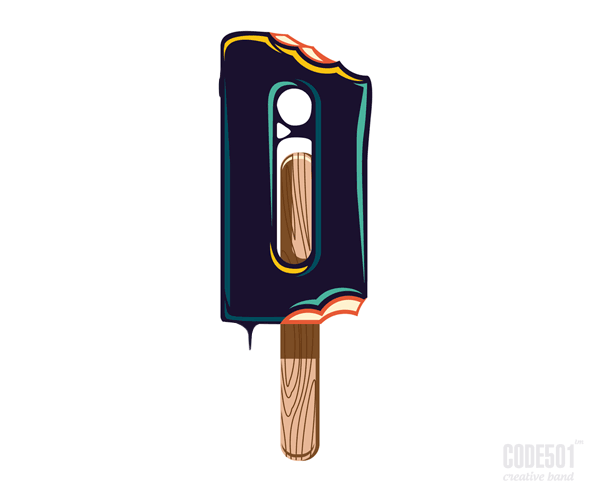Rationale: This lesson teaches students about the short vowel correspondence i=/i/. For children to be able to read, they need to be able to recognize the spellings that create the pronunciations. In this lesson, children will be able to recognize, spell, and read words containing the phoneme i. To help learn, the students will learn a meaningful representation ( visual illustration of icky sticky hands with goo) along with a hand gesture (flicking the goo off of your hands), learn a tongue tickler to identify the /i/ sound, spell and read words containing this spelling in a letterbox lesson, and read a decodable book that focuses on the correspondence i=/i/.
Materials:
-
Illustration of icky, sticky hands with glue
-
Poster with tongue tickler: The icky goo inside the igloo is important for the insects.
-
Letterboxes
-
Letterbox tiles: s, w, i, m, b, r, c, k, h, l, l, n, e, d, p, g
-
Pencil
-
Paper
-
Poster with letterbox words and pseudowords: swim, brick, hill, win, nice, dime, price, gink, and sild
-
Decodable Phonics Readers: SHORT VOWELS: “Liz is Six”
-
Orange and blue markers
-
Short “I” coloring worksheet
Procedures:
-
Say: “To become an expert reader, we need to learn that words are mapped out by its spelling. We are going to work on learning all of phonemes so that we will be able to read the words in texts. Today we are going to learn a new sound, short i. We can remember this because it sounds like what we would say if we had some icky, sticky goo all over our hands. Show the illustration and hand gesture while stretching out the /i/ sound. Now let’s do it together: /iiiiiiiii/ while shaking your hands.
-
Say: Before we start to spell words with /i/ let’s say a fun tongue tickler. The icky goo inside the igloo is important for the insects. Read it while emphasizing the /i/ sound. Now say it with me 3 times.
-
Say: Now let’s practice hearing the /i/ sound in different words. When you say i, I can feel my mouth open but my tongue stays low /i/ /i/ /i/. Let’s listen for that sound in different words. Bbbbb-iiiii-ggggg. I heard it! When we hear /i/ let’s do our hand gesture. Ssssss-iiiiii-ttttt. Bbbbb-iiiiii-llllll-lllllll. Now I am going to say two different words and I want you to tell me which word you hear /i/ in. say lid; say lamp. You’re right! It is lid. Say wash and wish. Show me your icky sticky hands if you hear /i/ in wash. Show me your icky sticky hands if you hear /i/ in wish.
-
Say: Now we are going to do our letterbox lesson. We are going to practice spelling words that have /i/ in them. I am going to try a word first: stink. I am going to sound it out sssss-tttttt-iiiiii-nnnnn-kkkkk. First I heard /ssssss/ so let’s place a s in the first box, /ttttttt/ you’re right that’s a t, then our sticky icky /iiiiiiii/ so set down an i, /nnnnnn/ next an n and then lastly and k. Now it is your time to try a couple words. Give a variety of words for the children to spell out on their letterboxes: swim, brick, left, hill, win, nice, face, dime, price.
-
Say: Now I want to practice the words we just spelled in our letterboxes. Show the poster of the words and let the students read through each word. Add a few pseudowords (gink and sild) into the list to challenge your student, and see if they have learned the correspondence.
-
Say: Awesome job! Now I think you are ready to read a book. Our book is called “Liz is Six.” [Give booktalk]: This story is about a girl named Liz. She is celebrating her birthday today and she turned 6. One of her presents is a mitt, so her and her animal friends are playing ball. When Liz is up for bat, she hits it towards pig… do you think he will be able to catch the ball and end the game? To find out what happens, finish the rest of “Liz is Six.” Remember as we read to pay close attention to our icky sticky letter i.
Assessment:
-
To assess the students’ knowledge and understanding of the phoneme /i/, they will complete the short “i” coloring page attached bellow. Each student will use their 2 colored markers to color in the words that contain our phoneme “I.”
Resources:
-
Anna Dilworth: Icky Sticky I
-
Geri Murray: “Oh, I didn’t know!”
Click here to return to the Horizons index.

